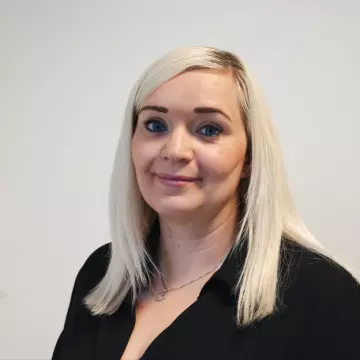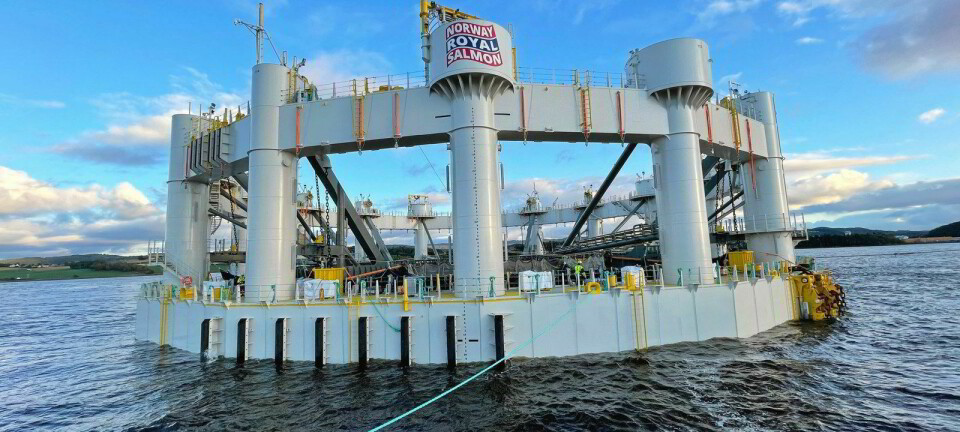
Gearing up for 50 closed cages a year
Seafarming Systems has secured an order from SalMar and Lerøy for its new generation of closed cages, and is now scaling up to deliver 50 Aquatraz C2 units per year
The Norwegian company Seafarming Systems has now received an important order from Lerøy and SalMar. The project includes the construction of six Aquatraz C2 units, developed in close collaboration with the fish farming companies.
The technology builds on the experience from the Aquatraz S1 previously delivered to Lerøy and the first four Aquatraz cages that have been in operation at SalMar.
"The order shows that the technology works and that we are on the right track. Now we can really scale," Seafarming Systems chief executive Alf Reidar Sandstad told Fish Farming Expert's Norwegian sister site, Kyst.no.
70,000m³ and a new level of operation
The new cage, called Aquatraz C2, has an enclosed volume of 70,000m³, exchanges its water three times an hour (approximately 200,000m³ per hour) and uses only 80 kW of energy. It also has sludge collection, a double barrier (net and fabric), and is designed to withstand sea conditions of 3 metres significant wave height.

"These are very good numbers, and we can deliver the cage at a volume price of just over NOK 1,000 (£75.26) per m³. Through strong partners, we can deliver 50 cages a year," said Sandstad.
He believes the technology will open up new opportunities for the technology company.
“It can open up locations that were previously impossible to use, provide more biomass on existing locations, and at the same time fall under what is likely to be the future of environmental flexibility [rules in Norway]. This is a big step for the entire industry,” he said.
Built on experience
Aquatraz was previously tested at both SalMar and Lerøy through development permits. One pilot cage at Lerøy and four at SalMar have provided documentation that forms the basis for further development.
"We have seen in particular lower lice incidence and good growth," said Sandstad.
Parts of the structure will be manufactured as modules in China, while assembly will take place at a Norwegian shipyard. The project also involves technology suppliers from Norway and Europe.
SalMar and Lerøy emphasised in a press release today that the investment in Aquatraz C2 is part of their further technology development. Both companies believe the project can contribute to sustainable growth in Norwegian aquaculture.
Aquantum Leap put on hold – but not dead
Along with the Aquatraz C2, Seafarming Systems has been working on the Aquantum Leap concept, a closed containment fish farming system consisting of several smaller closed cages assembled in a rigid frame, suited for post-smolts, and a huge closed cage of 500,000m³ for grow-out. Development permits were applied for but refused.
"It was not based on a real lack of innovation. Aquantum Leap was among the most innovative concepts in Norway," said Sandstad.
The project has therefore been put on hold in Norway, but may become relevant internationally.
"We have extensive experience from Asia and see that in the long term there could be an exciting market for a huge closed cage with a very deep water intake."
Small firm, large capacity
Sandstad believes it is challenging to achieve success for new technology in Norway.
"The regulations are lagging behind and can inhibit innovation," he said.
But he is still optimistic.
"When we now implement everything we have learned in Aquatraz C2, this could go very well."
Seafarming Systems has just a handful of full-time employees, but with key personnel as co-owners and solid industry partners, Sandstad believes that the company is well equipped for growth.
“We are small, but very efficient. And now we are ready to deliver on a large scale,” said Sandstad.



































































